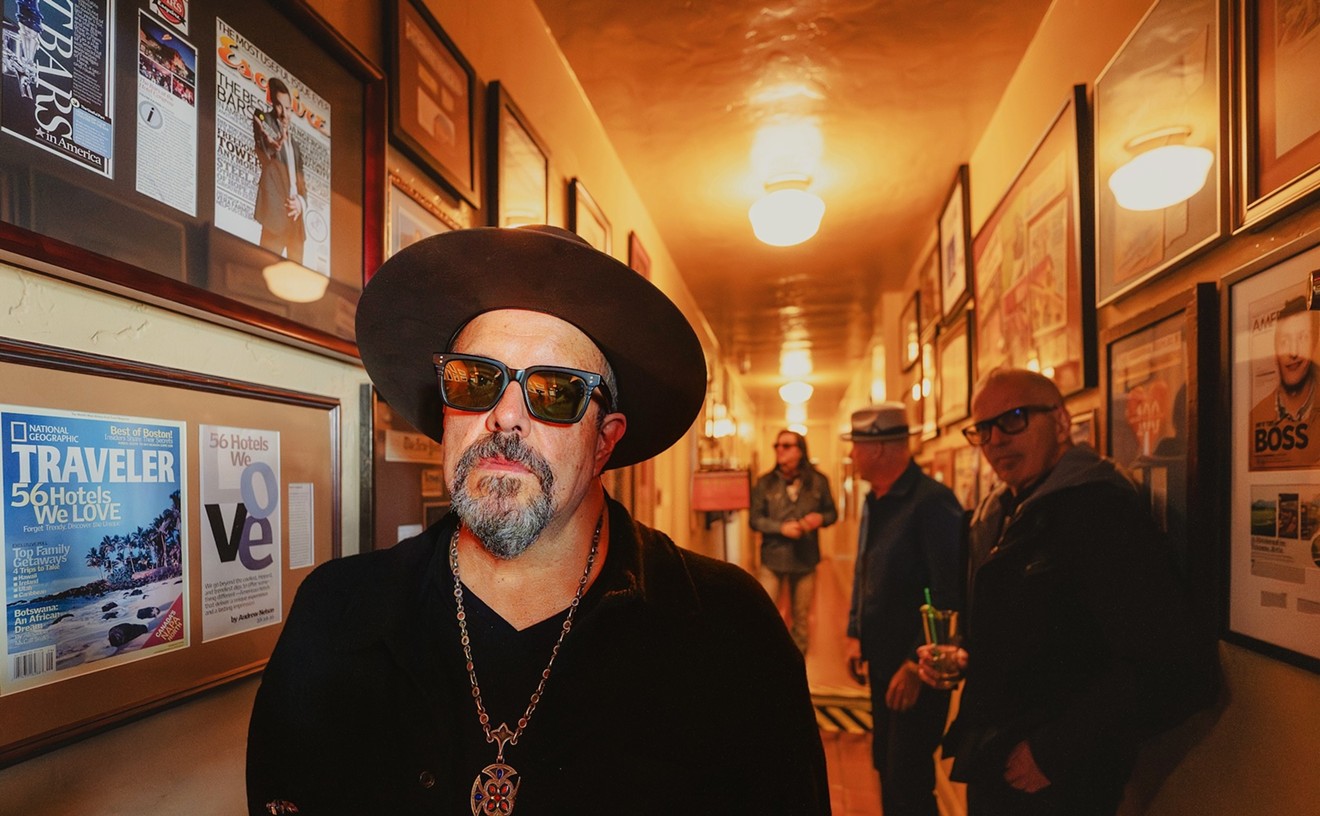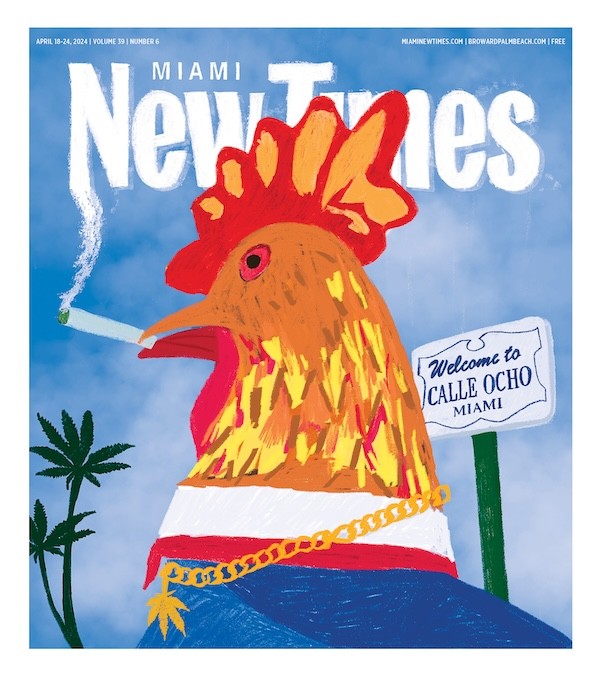Over 90 minutes that prove shriekiness is no impediment to ponderousness, we've beheld the harrowing of a Puritan family cast out of a Plymouth-like settlement for not being precisely the right kind of pious. We've admired the effort put into the realization of
We've maybe relished the occasional vision of mythic, pre-industrial terror: the hag fondling a baby, the goat whose teat spurts blood, the apple whose red has been made even more lurid with a coating of gore. And we've seen wholly unambiguous evidence that, in the reality of the film, there are witches in the woods, and that Satan does have nothing better to do than to dick around with pioneers' livestock.
So, after
For all its genuflections toward history, The Witch offers the same cheapjack lesson field-trippers get when they visit tourist-trap museums in today's Salem, Massachusetts. Every condemnation of witch-burning fools is matched by some shivery
The film's a well-shot day-ruiner. There's wonder in the early scenes at Eggers' summation of what used to be the new world, but once that wears off you're in for much wailing, gnashing, writhing and tongue-speaking. The latter comes from a talented child actor named Harvey Scrimshaw, who gets all scored over with fake wounds for his big possessed-by-the-devil number, something it was probably more edifying to act out than it is to watch. Rosemary's Baby showed that it's possible to underplay the loss of a child to Satan, but the grownups here get pressed into risible shouting matches on the subject. The story demands that Thomasin's parents froth, so the quiet, careful work of the opening reels (and of Taylor-Joy as the harrowed daughter) gets sacrificed on the altar of devil drama.
All the dour zealotry is enlivened by horror-movie elements that edge The Witch toward a welcome pulpiness — and greater honesty about what hokum the film actually is. The best: a pair of creepy toddler twins and a horned black goat who just might turn out to be exactly what you suspect it will. Mark Korven's score boasts some unsettling choral work, plainchant diced into scarifying swirls, but there are also many moments when an orchestra seems to have been instructed to crescendo up a scale, the result of which gets blasted at us as we're left to study white pines or the family in prayer.
Taylor-Joy, as ripening teen Thomasin, fares the best of the cast, since she's given more to play than simple fervency. We meet her in prayer, and both she and Eggers are good at emphasizing early American bible-mindedness, that overriding fear of ecstasy or even pleasure. As the supernatural impinges on the isolated farm, snatching at the children, Thomasin loses her bedrock certainties: about her parents, about her role in the family, about the God who she's been taught would send unbaptized children to hell. In the best
The Witch doesn't quite believe in God. But it absolutely believes in broomsticks, infant-sacrifice, a shape-shifting deal-maker devil — and that realism demands audiences see the entrails of the animals killed by that devil. It's wrong on all of these points, as witch stories so often are. But by aspiring to art-house seriousness and fact-sourced legitimacy, it's even more wrong than most.











